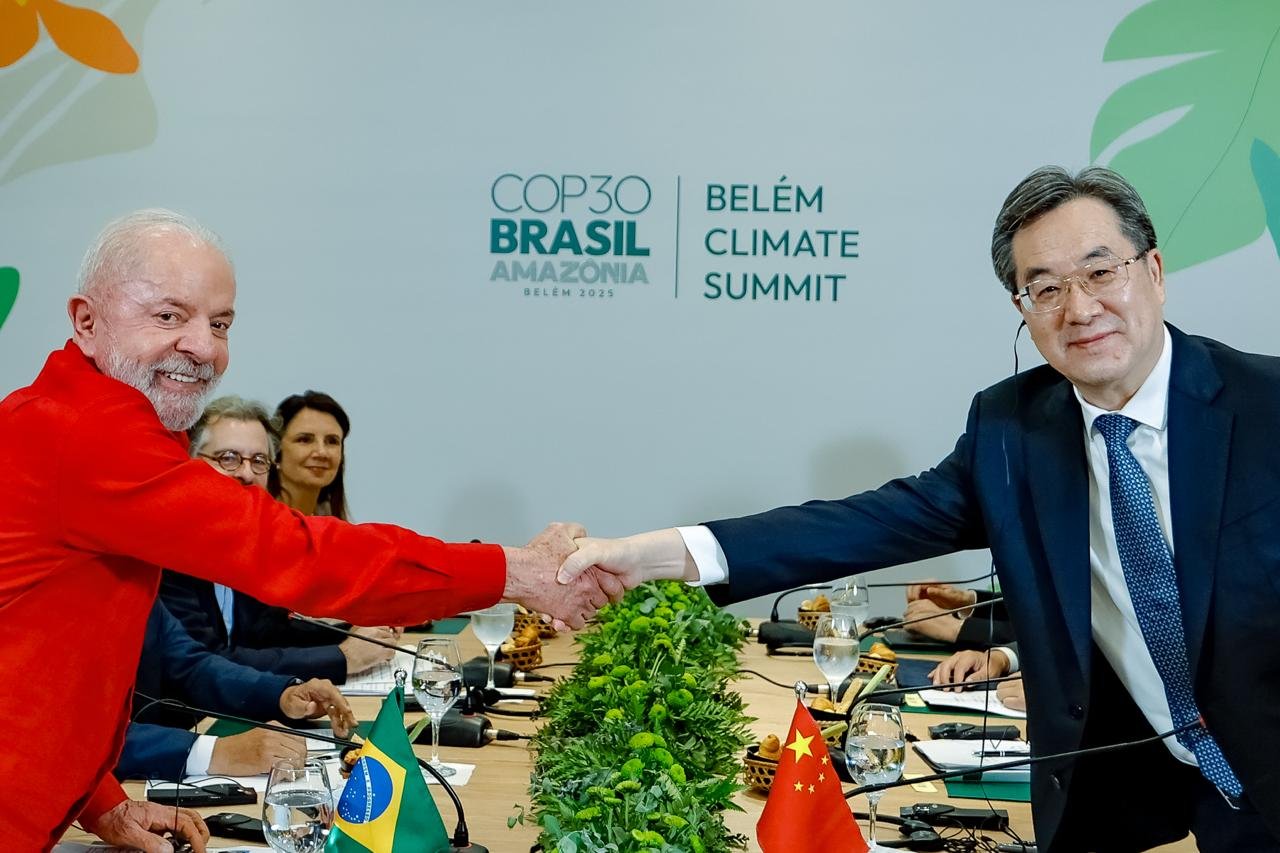China at the UN Climate Conference in Belem
On the eve of the climate summit, China unveiled its goals for the environmental transition, including a 7-10 per cent reduction in greenhouse gas emissions by 2035 and a further acceleration in the development of renewable energy, a sector in which it is already the global leader. Experts warn that this is still too little to achieve the goals set out in the Paris Agreement.
Belem (AsiaNews/Agencies) – The world’s attention is now on Belem, in the Brazilian Amazon, where representatives from around the world are gathered for COP30, the annual UN conference that takes stock of the fight against climate change.
Among the issues most likely to attract attention is the position of China, the country that remains the world's largest emitter of greenhouse gases but is also fastest in switching to renewable energy.
Vice Premier Ding Xuexiang is representing China at the meeting of government delegates just hours before the start of formal negotiations; from Brazil, the Chinese official launched an appeal for an end to trade barriers that hinder the global energy transition, urging the leaders present to choose "true multilateralism”.
But how much is China really contributing to the fight against climate change? In view of the Belem meeting, this week Beijing unveiled its 2035 goals to the fight against climate change.
The most significant development, already announced by Xi Jinping in late September, is that for the first time, the People's Republic, currently the world's largest emitter of greenhouse gases, has set a specific reduction target: 7-10 per cent by 2035.
In the past, China had promised to reduce its CO2 emissions relative to the size of its economy rather than cut them overall. This meant that emissions could still rise, but at a slower pace than the GDP, with the goal of peaking CO2 emissions before 2030 (perhaps as early as this year).
The new 2035 Targets mark a step forward, but many experts still consider them insufficient, arguing that to achieve the goal set out in the Paris Agreement, Chinese emissions would have to be cut by around 30 per cent. According to the Paris agreement, the average global temperature rise must be kept below 2 degrees Celsius, ideally at 1.5 degrees over 1850 levels.
China, however, defends itself by arguing that no major economy in history has been able to reduce its emissions by more than 10 per cent in the five years following peak emissions.
Much will depend on how China handles its coal dependence, the main source of is greenhouse gas emissions, an issue on which the 2035 Targets remain vague, according to experts.
At present, the Chinese government appears unwilling to give up what it considers the most reliable energy source, and has even encouraged the construction of new coal-fired power plants in recent years.
Where China, however, is outpacing expectations is in renewable energy production. It surpassed its 1,200-gigawatt target for wind and solar power six years ahead of schedule, reaching 1,680 gigawatts in July, according to data from the National Energy Administration.
Beijing is now seeking to increase the share of non-fossil fuels in total energy consumption from 20 per cent to 30 per cent by 2035; this includes reaching 3,600 gigawatts of wind and solar capacity, and making electric vehicles the primary means of transportation.
12/11/2025 18:47
23/09/2025 13:27







.png)










